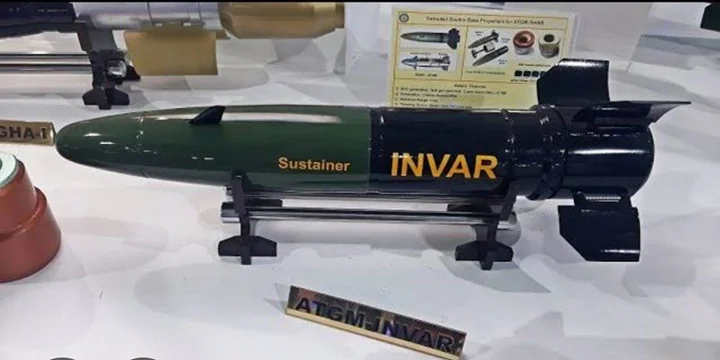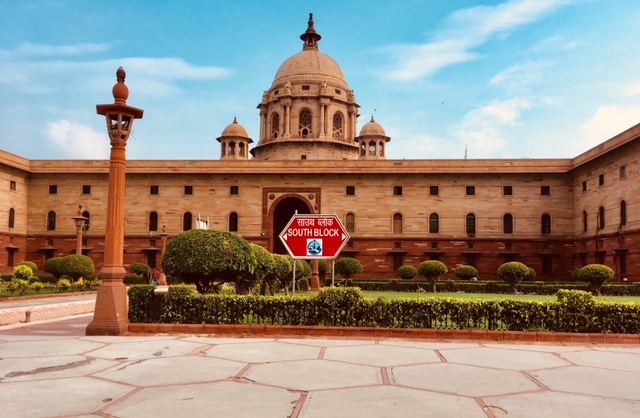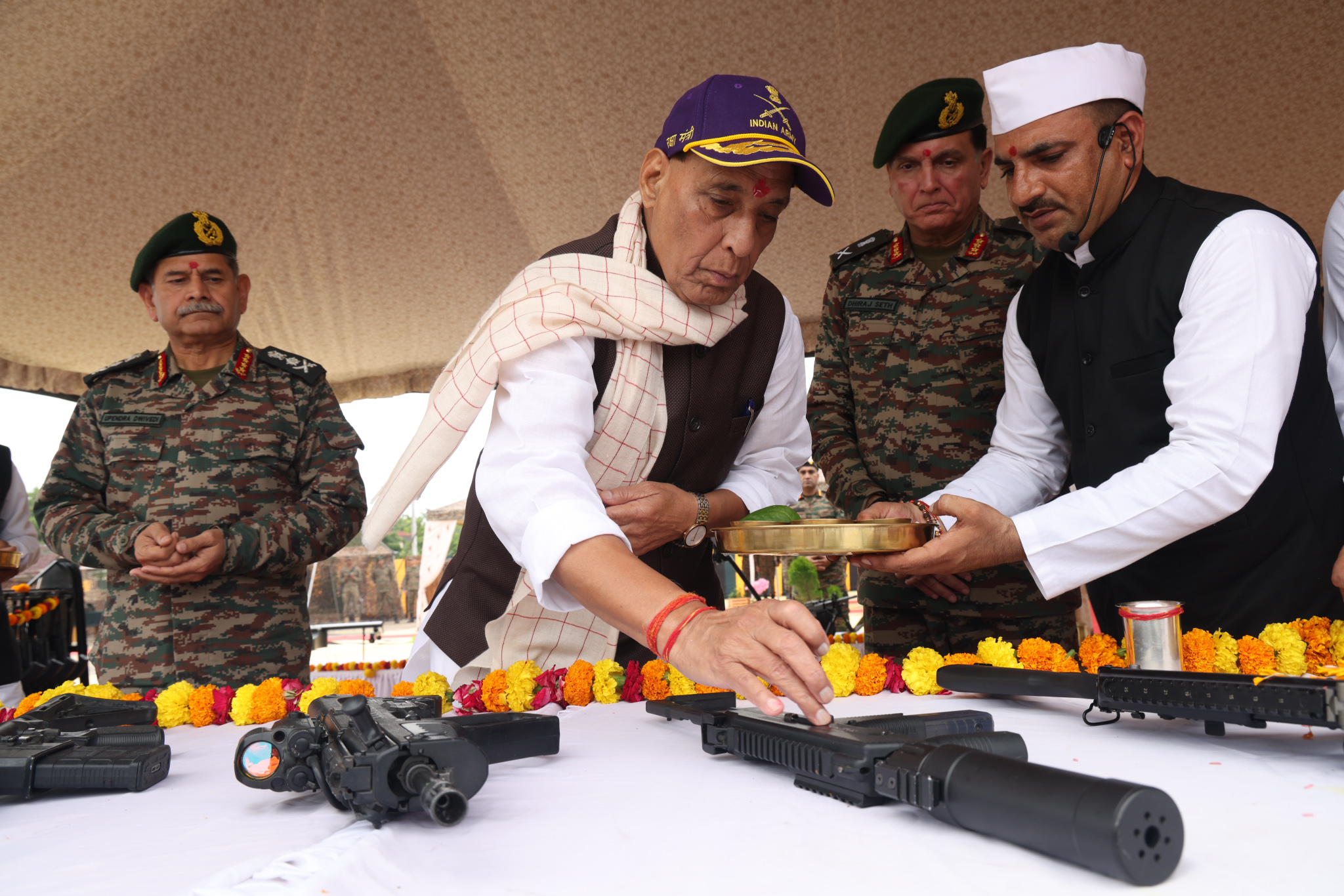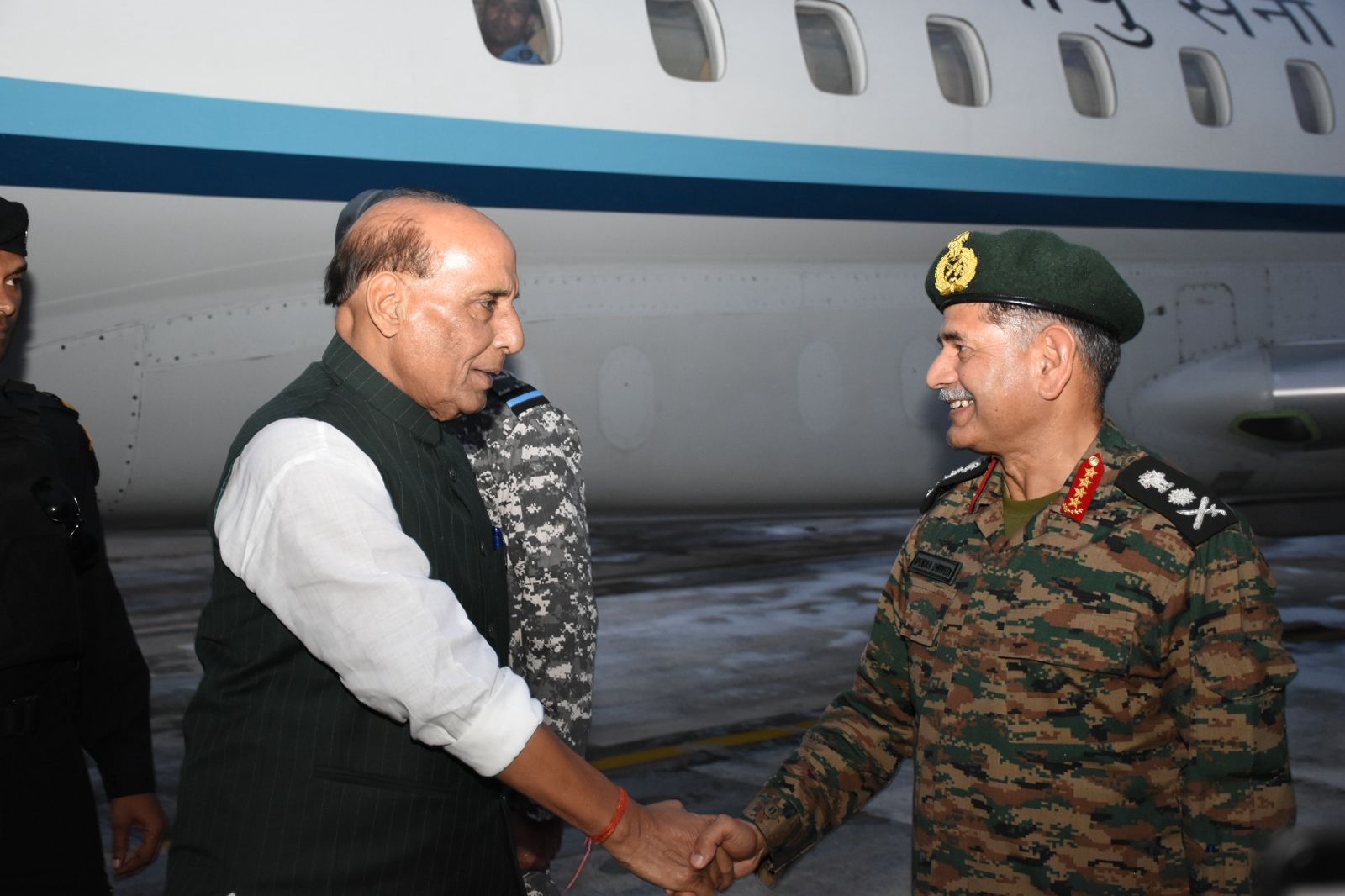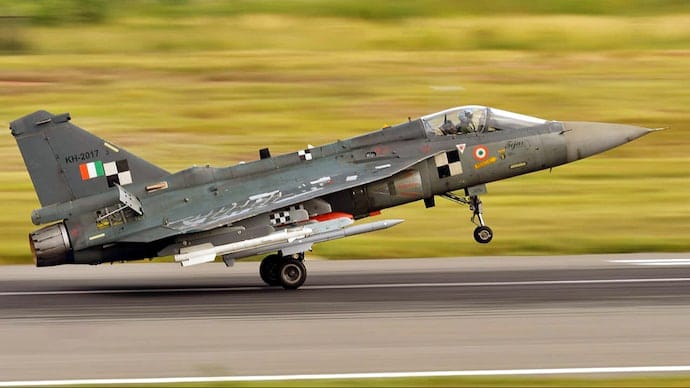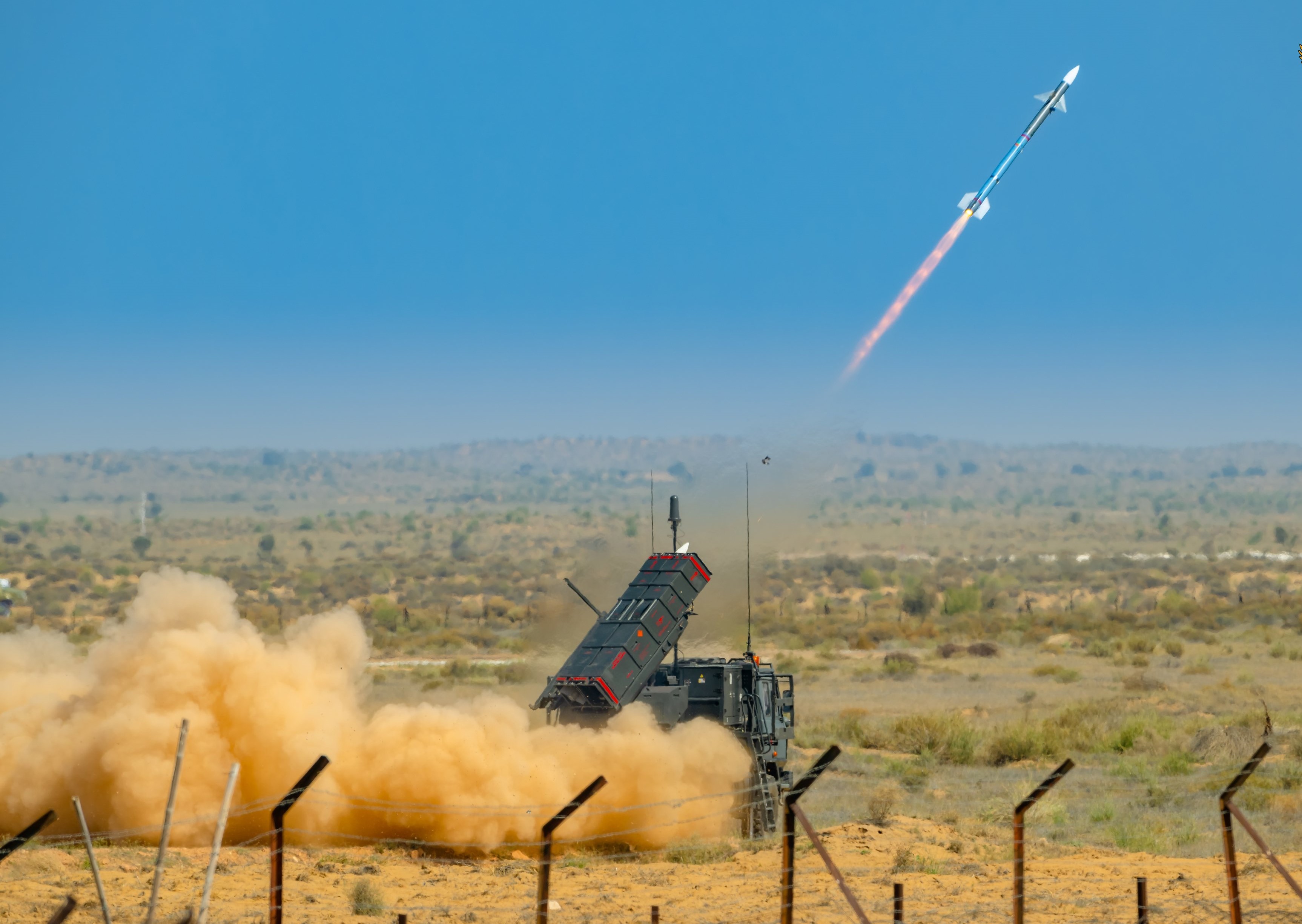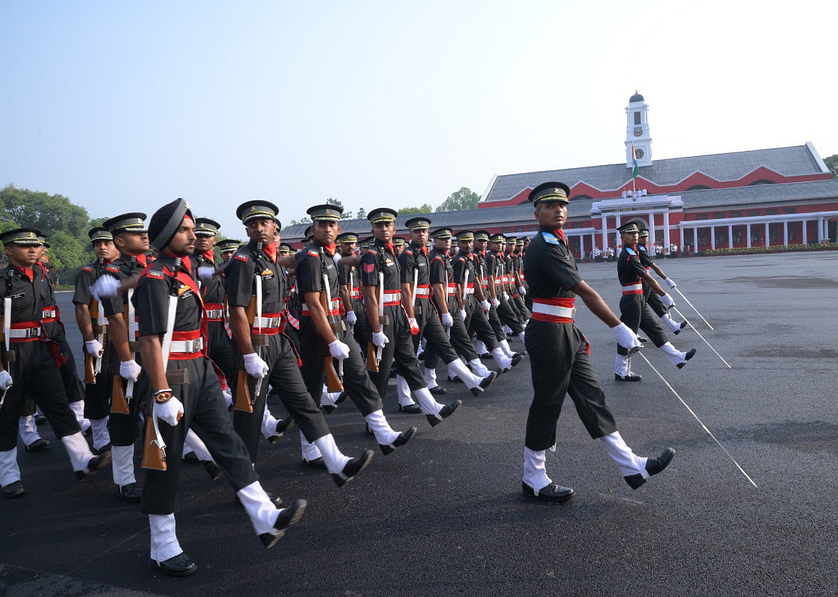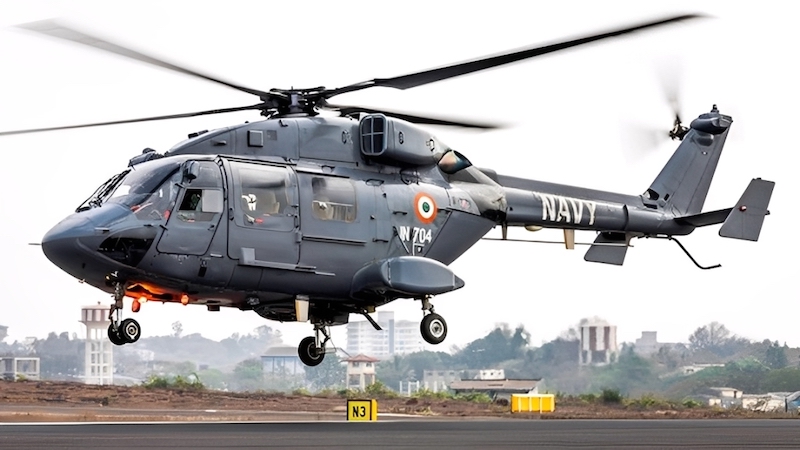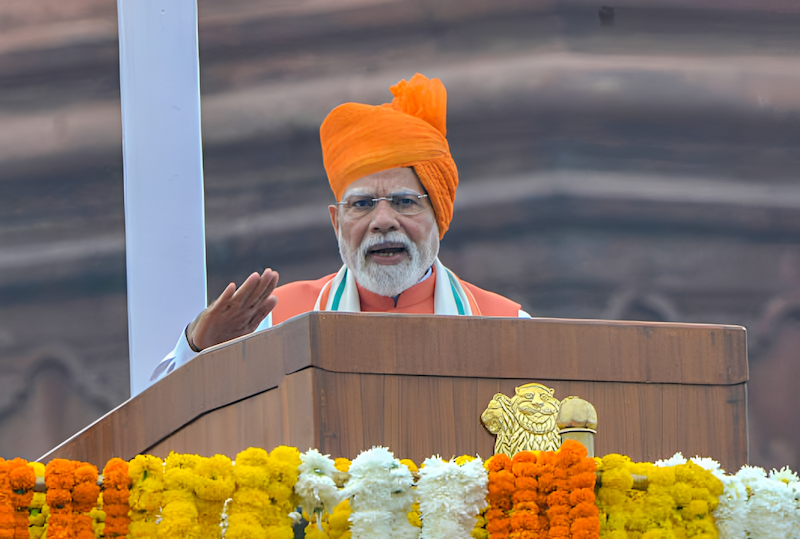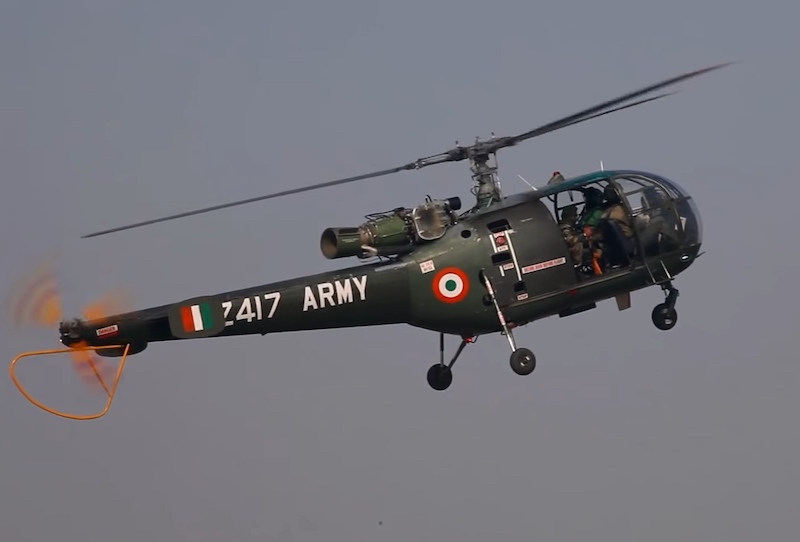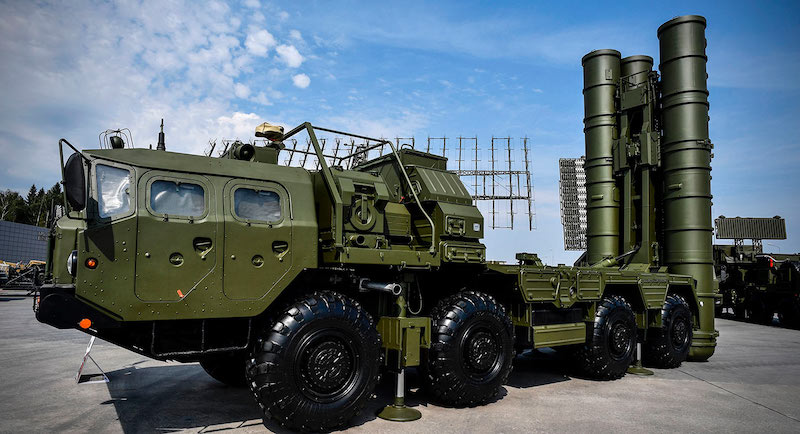 An S-400 battery. (File photo)
An S-400 battery. (File photo)
New Delhi: India is actively pursuing the acquisition of additional S-400 Triumf air-defence systems from Russia while simultaneously exploring procurement of the more sophisticated S-500 Prometheus platform. The renewed interest follows the exceptional combat performance of India’s existing S-400 batteries during Operation Sindoor in May 2025, which provided unprecedented battlefield validation of Russian air defence technology.
The strategic expansion comes at a critical juncture in South Asian security dynamics, with India seeking to counter evolving threats from both China’s hypersonic weapons programme and Pakistan’s expanding missile capabilities.
Combat performance
The S-400 system, designated “Sudarshan Chakra” by Indian forces, demonstrated remarkable effectiveness during India’s military response to the Pahalgam terror attack. Defence officials confirmed that the system intercepted five Pakistani fighter aircraft whilst simultaneously neutralising hundreds of drones and missiles targeting 15 Indian cities.
The Indian Air Force chief, Air Chief Marshal Amar Preet Singh, described the downing of a Pakistani airborne early warning and control aircraft at approximately 300 kilometres as “the largest surface-to-air kill recorded in history”. This engagement, conducted at the outer limits of the system’s operational envelope, exceeded typical engagement parameters and showcased the platform’s extended-range capabilities.
The operational success has reinforced confidence in Russian military technology within India’s defence establishment, particularly given the simultaneous failure of Pakistan’s Chinese-supplied HQ-9 systems to counter Indian precision strikes during the same conflict.
Current deployment
India’s original $5.43 billion contract with Russia, signed in October 2018, encompasses five S-400 regiments. Four systems have been delivered and are operationally deployed along India’s western frontier with Pakistan and northern border with China. The final unit is scheduled for delivery by September 2026.
The 2018 agreement includes a follow-on clause permitting India to procure five additional S-400 systems under the same commercial terms, adjusted only for inflation and currency fluctuations. This provision offers a streamlined procurement pathway, bypassing lengthy negotiations and enabling India to potentially double its S-400 inventory at pre-negotiated rates.
Defence analysts note that this option provides significant cost advantages compared to initiating fresh procurement negotiations, particularly given current geopolitical tensions and Russia’s restricted defence export capacity due to ongoing conflicts.
S-500: A tech leap
Beyond additional S-400 units, India is evaluating Russia’s most advanced air defence system, the S-500 Prometheus. The platform represents a generational advancement in defensive capabilities, with an engagement envelope extending to 600 kilometres and altitudes reaching 200 kilometres—substantially exceeding the S-400’s 400-kilometre range.
The S-500 is specifically designed to counter hypersonic glide vehicles, stealth aircraft, and advanced cruise missiles travelling at speeds up to Mach 7. The system features reaction times of 3-4 seconds compared to the S-400’s 9-10 seconds, a critical enhancement for engaging high-velocity threats.
The platform’s near-space intercept capability enables engagement of ballistic missiles and low Earth orbit satellites, addressing India’s strategic concerns regarding China’s development of weapons systems including the DF-21D and DF-26 missiles.
Russia has reportedly offered India attractive terms including co-production arrangements and comprehensive technology transfer through a government-to-government agreement. Such provisions align with India’s “Make in India” initiative whilst providing Russia a mechanism to circumvent Western sanctions by enabling third-party exports through Indian manufacturing.
The proposed partnership could position India as a regional export hub for the S-500, potentially marketing to nations in Southeast Asia, the Middle East, and Africa hesitant to procure directly from sanctions-affected Russia. This model mirrors the successful BrahMos cruise missile collaboration, which has generated substantial export opportunities for both nations.
Sanctions concerns
Continued procurement of Russian military systems raises potential complications under the United States’ Countering America’s Adversaries Through Sanctions Act (CAATSA). Although the US House of Representatives passed legislation in 2022 providing India-specific CAATSA waivers for S-400 purchases, additional acquisitions could trigger renewed scrutiny from Washington.
However, India’s strategic importance to US Indo-Pacific policy and its role in the Quadrilateral Security Dialogue (Quad) has historically provided leverage for sanctions relief. The proven combat effectiveness of Russian systems during Operation Sindoor strengthens India’s argument for strategic autonomy in defence procurement, particularly given the failure of Chinese-supplied alternatives during the same conflict.
Indian defence officials maintain that diversified procurement serves national security interests and cannot be subordinated to external pressure, regardless of source. This position reflects broader Indian strategic thinking emphasising multi-alignment over traditional alliance structures.
Indigenous and hybrid approach
India’s Russian system acquisitions complement rather than supplant indigenous development programmes. The Defence Research and Development Organisation’s Project Kusha aims to bridge the capability gap between shorter-range indigenous systems and the 400-kilometre range S-400 platform.
Project Kusha encompasses three variants offering engagement ranges of 150 kilometres, 250 kilometres, and 350 kilometres. Phased induction is projected by 2030, providing India with a comprehensive multi-layered defence network combining Russian technology with indigenous capabilities.
This hybrid approach addresses immediate operational requirements through foreign procurement whilst advancing long-term self-reliance objectives. Defence planners emphasise that Russian systems provide crucial bridging capabilities during the transition period to full indigenous production.
Financial considerations
Current estimates suggest individual S-500 systems cost approximately $1-1.25 billion for export variants, substantially higher than S-400 pricing. However, technology transfer and co-production arrangements could reduce long-term costs whilst building indigenous manufacturing capacity.
The timeline for potential S-500 delivery remains uncertain. Russia must prioritise domestic requirements and ongoing conflict needs, potentially delaying export clearance by several years even if political approval is granted. This uncertainty reinforces the importance of additional S-400 acquisitions as an interim measure.
Strategic Implications
India’s expanded air defence procurement signals deepening strategic autonomy and confidence in combat-proven Russian technology. The success of Operation Sindoor provided tangible validation that will influence Indian defence planning for the coming decade.
Integration of additional S-400 systems with potential S-500 acquisitions would create a formidable multi-layered defence network addressing threats ranging from subsonic drones to hypersonic missiles and space-based assets. This comprehensive coverage provides strategic deterrence against potential adversaries whilst maintaining India’s traditional non-aligned posture in evolving great power competition.
The combination of proven Russian technology, indigenous development through Project Kusha, and strategic partnerships positions India’s air-defence capabilities among the most advanced globally. As regional security dynamics continue evolving, this layered approach provides both immediate protection and long-term strategic flexibility.

